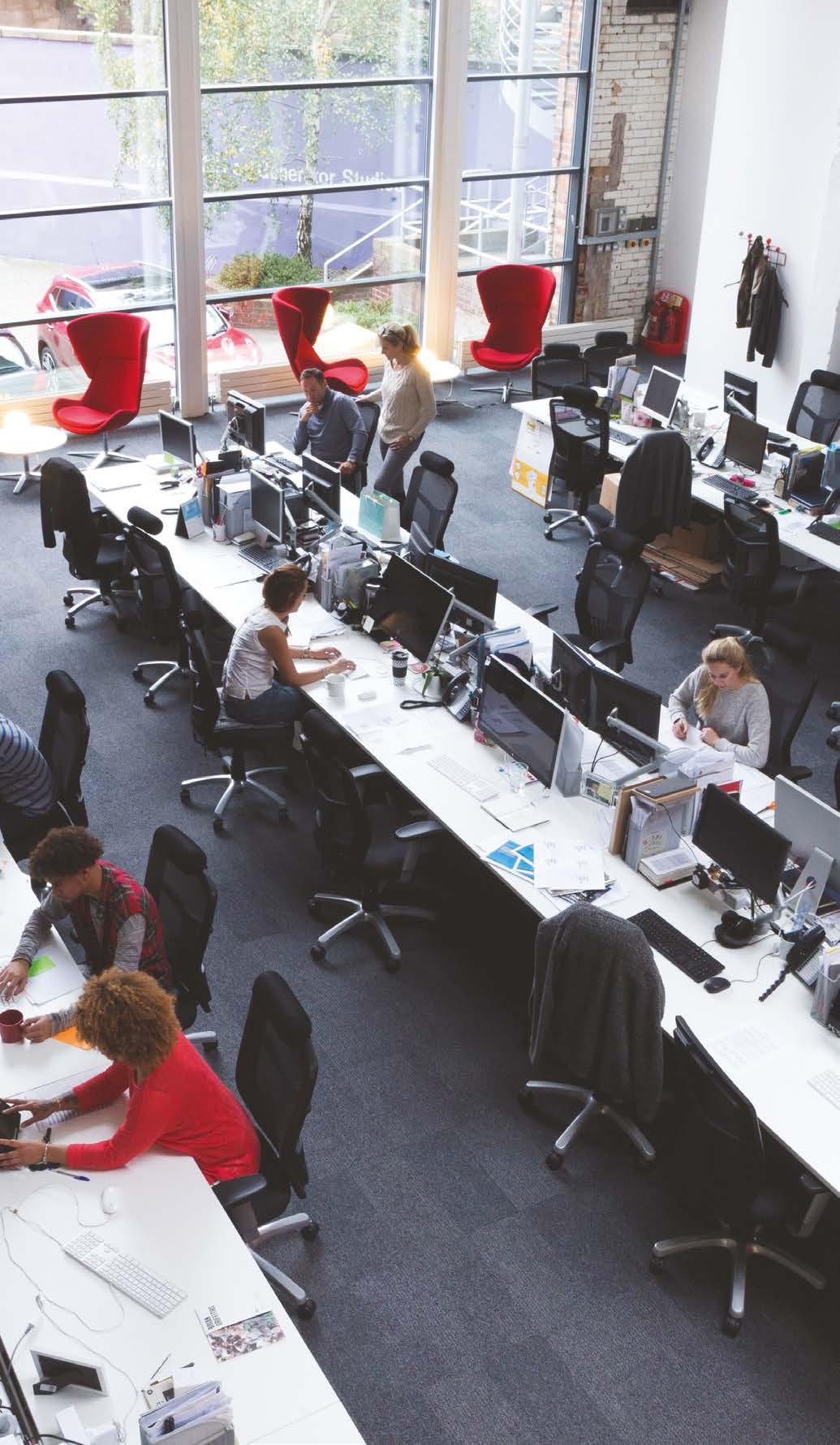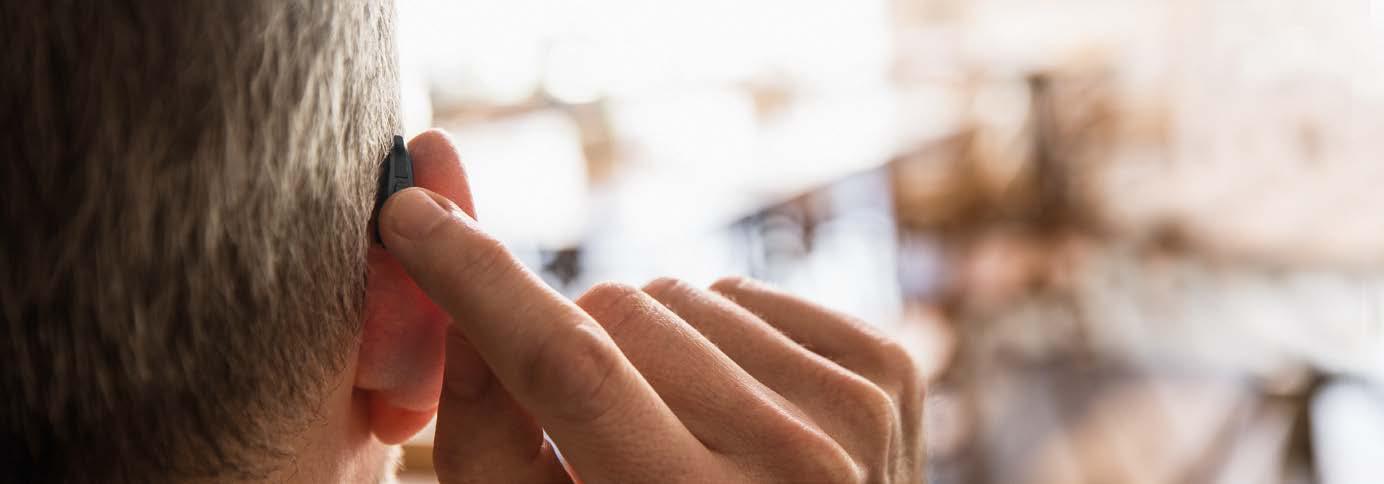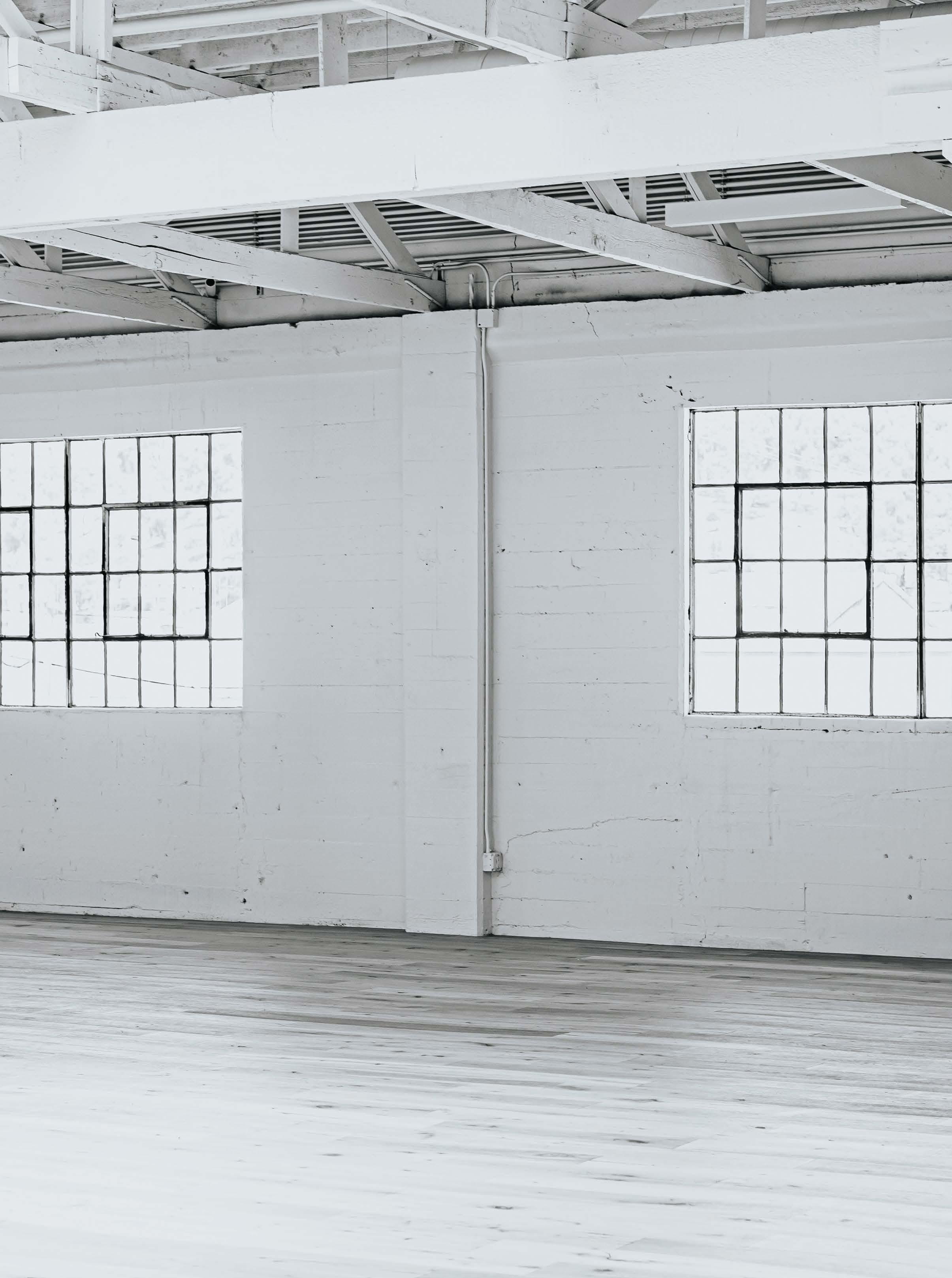
3 minute read
AUDITORY ERGONOMICS FOR A BETTER WORKPLACE
Prolonged noise exposure can come with many side effects. We all work in environments with varying noise levels. Some workplaces are louder than others, but all have at least some level of ambient noise, whether we like it or not. So, it’s important to limit the ways that noise affects our hearing health. Rethinking our work environment using certain principles of auditory ergonomics is a great way to protect our hearing!

Effects of a Noisy Workplace
Noise-related deafness is a common issue. There is evidence that exposure to high noise levels can lead to hearing loss. It only takes a few hours in a noisy workplace to realize how important it is to have enough hearing protection. Workplace noise affects more than just hearing, too; it can also affect the hormone and autonomic nervous systems, because it increases blood pressure, heart rate and blood viscosity. This raises the risk of vascular and cardiac problems1,2 .
Are Hearing Protectors Enough?
In noisy environments, it’s best to try and reduce noise at the source. Of course, wearing hearing protectors is also beneficial. However, they must be used properly, since studies show that the level of protection, written in decibels by the manufacturer on the packaging, is actually lower.
Several factors explain the decrease in effective protection. The protector may be improperly installed or damaged by prolonged use. Some workers also have a tendency to remove it a few times a day3. Therefore, it is ideal to opt for custom noise protectors that are designed to provide comfort and protection. For this reason, noise reduction at the source is also essential. Here are a few principles of auditory ergonomics to consider:
+ Move workers away from the source of the noise + Place the source of the noise in a soundproof enclosure or allow workers to work in a soundproofed area
+ Place a screen between the worker and the machine
+ Dampen equipment vibration + Install a silencer on noisy air vents + Plug leaks in air ducts + Reduce reverberation (echo) + Install a noise-cancelling system4
An acoustic engineer can help you determine whether these solutions are feasible. You may also want to consider solutions that require less drastic changes, such as:
+ Maintaining equipment properly
+ Shutting down equipment that doesn’t need to be running
+ Rotating workers in the noisiest jobs
+ Encouraging noise reduction even when workers
aren’t there
+ Teaching employees to work with tools more quietly4
Noise: Not Just a Factory Issue!
We might not think of some jobs as being particularly loud, even if they involve a lot of noise exposure. Just think of teachers, people in open-plan offices.
While this type of constant noise exposure isn’t necessarily hazardous to hearing, it can have other consequences. For instance, the presence of continuous noise can, among other things, interfere with speech comprehension and thus social relationships, as well as lead to frustration. Studies on the subject also report that people in noisy environments have a higher prevalence of concentration problems, headaches, irritability, anxiety and mood swings. This sometimes translates into lower productivity and more mistakes in the workplace1 . Here are some principles of auditory ergonomics that can be used to reduce noise in any workplace: + Isolate noisy devices (e.g. printers)
+ Limit vibrations by placing shock-absorbent material underneath devices + Limit the number of employees in each room + Install screens or barriers between employees + Close the door of all rooms + Install soundproofing tiles or sound-absorbent materials on walls and ceilings + Introduce some rules about conversations in open areas In short, there are many ways to reduce ambient noise in the workplace.

Don’t hesitate to discuss them with an audiologist.
Pier-Luc Trudeau
Audiologist practicing at the Boisbriand, Sainte-Agathedes-Monts, Saint-Jérôme and Mirabel Lobe clinics
References:
1. Berglund, Birgitta, Lindvall, Thomas, Schwela, Dietrich H & World Health
Organization. Occupational and Environmental Health Team. (1999). Guidelines for
Community Noise. World Health Organization. https://apps.who.int/iris/ handle/10665/66217 2. Stansfeld S.A. & Matheson M. P. (2003). Noise Pollution: Non-Auditory Effects on Health. British Medical Bulletin vol. 68: 243–257 3. Health and Safety Laboratory for the Health and Safety Executive. (2009).
Real World Use and Performance of Hearing Protection. Health and Safety Executive,
Report RR720. 4. Leroux T. (2014). Réduction du bruit à la source. Presented as part of course
AUD6638 - Bruit et audition. University of Montreal, Montreal, Canada.









